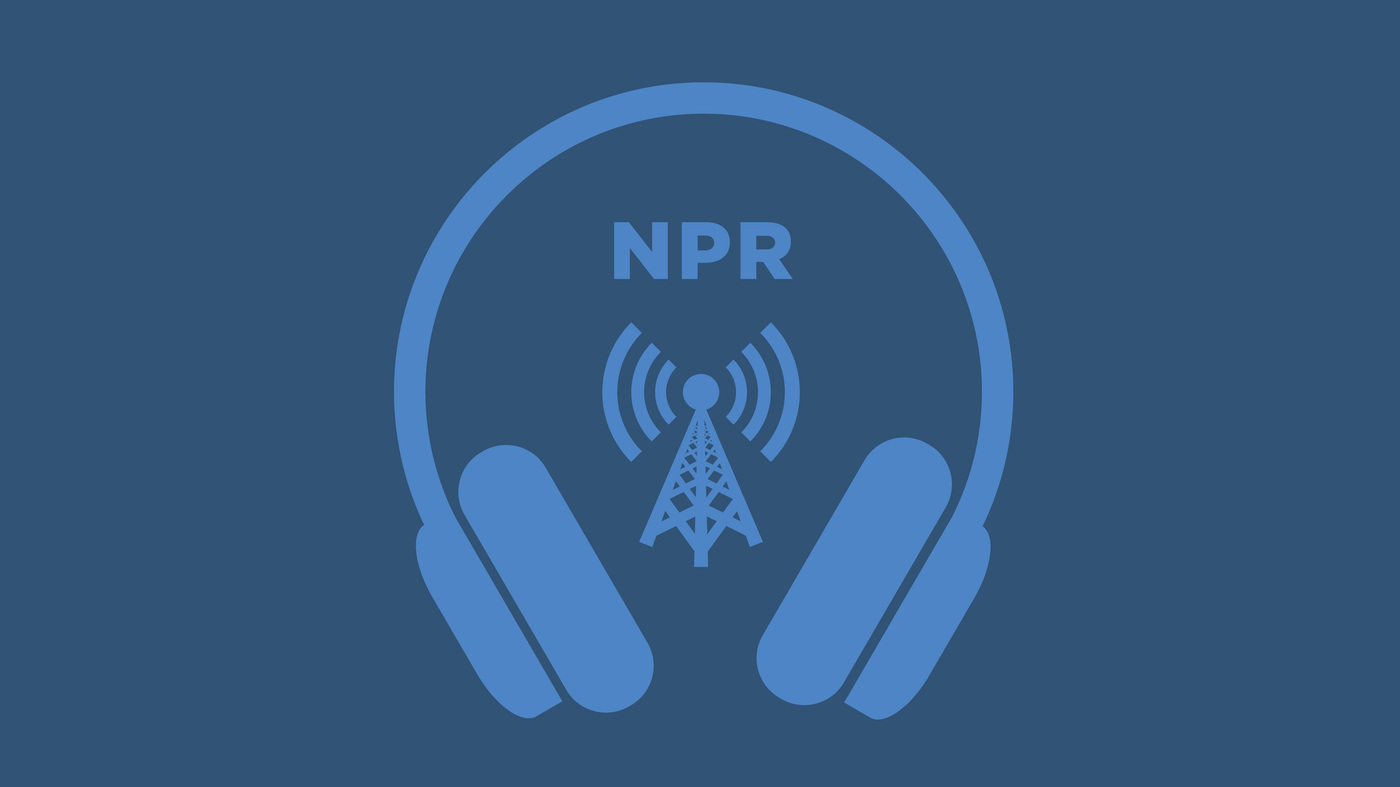Distrust and Conspiracies Arise After Trump Announced Coronavirus Diagnosis

NPR’s Lulu Garcia-Navarro asks disinformation expert Clint Watts of the Foreign Policy Research Institute about conspiracy theories that popped up after President Trump’s COVID-19 diagnosis.
LULU GARCIA-NAVARRO, HOST:
It was hours before dawn Friday when the president tweeted that he had tested positive for the coronavirus, and the conspiracy theories did not wait for the sun. They came from the right and the left, examples of a general waning of public trust in who and what to believe – that as people are already voting. Clint Watts is a disinformation expert with the Foreign Policy Research Institute, and he joins us now.
Welcome.
CLINT WATTS: Thanks for having me.
GARCIA-NAVARRO: You listed dangers to the election back in July. No. 1 was mail-in ballot conspiracies and threats to delay the election based on mail-in voting. And we’ve seen that coming from the president himself. But No. 2 was that the candidates contracted the coronavirus, possibly. Now that has happened. So first, let me say you were incredibly prescient. Is the reaction playing out as you thought it would?
WATTS: Yes, it is. But I would say that in terms of volume, it’s huge. With everyone in terms of their preferred conspiracy, it’s taken a tack that is somewhat predictable. By that I mean if you went to QAnon circles, which is probably the largest volume of conspiracies that you’ll see on social media, they see it – this as some sort of a plan by the president where he is going into hiding. They try and read clues into it.
For those that are supportive of Trump, they claim that the president contracted this from Joe Biden and the Democrats. And for those that are anti-Trump, it’s really about he’s hiding this as part of a secret plot or to distract from other problems he had with his tax records or the debate and the Proud Boys. And so it’s interesting that everyone has a conspiracy about this illness, but it really tracks with what they were already saying about the president or what they already wanted to believe.
GARCIA-NAVARRO: What kind of activity are you seeing online in reaction to the president’s health and conditions? I mean, is it a big volume of discussion?
WATTS: It’s an enormous volume in discussion, and I think part of that volume comes from how we have proceeded over this last four years where we’ve lost trust in institutions, expertise, science and doctors to where I think anyone, even if they wanted to refute conspiracies, like myself, doesn’t have a truth to point to. We don’t have data or facts that we can actually use to combat conspiracies. And the delays coming out of the White House make these proliferate even more. The longer there is between when something happens and the truth and facts come out, the more conspiracies tend to spread.
GARCIA-NAVARRO: Because, yes, as you mentioned and as we’ve heard, there is a lot of confusion coming out of this White House. And, of course, even the fact-based media is having to sort of scramble to figure out what’s going on.
WATTS: Yes. We saw that yesterday with Walter Reed – the press conference there – then the discussions, you know, immediately after, wanting more details about what happened before he got to Walter Reed. And there’s really not many answers. And you’ll hear shifting messages out of the White House about the president’s condition.
This brings conspiracies. One of the biggest ones overnight was, was the president on oxygen or not? And there’s no definitive answer about that. And so that leads to more and spiraling and iterations of conspiracies that it just becomes really hard to know what to believe. If the president were doing well, how would we know? How can we confirm that? And if he were to be doing poorly, would we know? I think that’s what everyone’s trying to solve at this point. And the media is struggling after four years of this onslaught of kind of disinformation and misinformation.
GARCIA-NAVARRO: Well, let me ask you this. Have you seen any evidence of foreign actors getting involved – Russian bots – or is this just really a symptom of a polarized and suspicious America?
WATTS: It’s overwhelmingly American-made this time. You will see the Russians talk about it. And actually, they’re taking a tone of snark. President Putin offered a very supportive message publicly, but they also offered the vaccine to the president should he ask for it. It was kind of a tongue-in-cheek sort of push – the president getting COVID. And from China, they prefer stability. So they try and take a longer tack. They’re waiting to see what the truth is, and I’m not sure that they really know how to pivot. So it’s overwhelmingly domestic, not so much foreign so far.
GARCIA-NAVARRO: Are you worried that that could change?
WATTS: I think it will change over time. There’s got to be enough – you know, they have to know what narrative they want to advance. And they also have to know what the audience is they want to direct. And so as the election heats up, I would expect Russia to really use this sort of as attack against Joe Biden and to try and say that Biden took the election or is trying to take the election or try to demobilize the president. I expect that to come out of the Russian fringe community.
GARCIA-NAVARRO: Clint Watts is a disinformation expert with the Foreign Policy Research Institute.
Thank you very much.
WATTS: Thanks for having me.
Copyright © 2020 NPR. All rights reserved. Visit our website terms of use and permissions pages at www.npr.org for further information.
NPR transcripts are created on a rush deadline by Verb8tm, Inc., an NPR contractor, and produced using a proprietary transcription process developed with NPR. This text may not be in its final form and may be updated or revised in the future. Accuracy and availability may vary. The authoritative record of NPR’s programming is the audio record.
*** This article has been archived for your research. The original version from NPR can be found here ***


